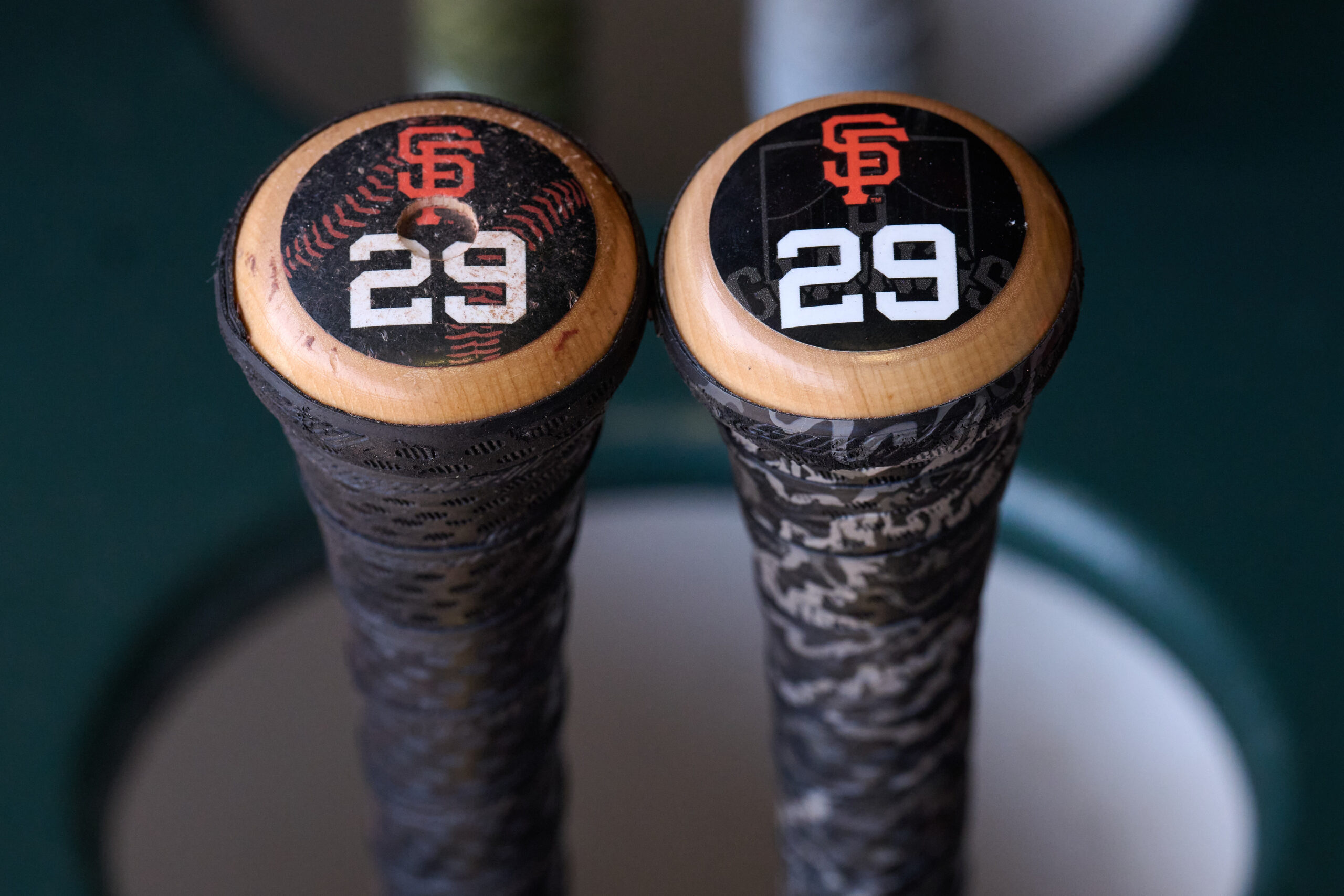The batting average is among the oldest, most relied-on statistics to measure a hitter’s success. In the 19th century, an English journalist named Henry Chadwick created specific stats, such as batting average, to measure a player’s achievements. This equation (number of hits divided by number of at-bats) became the primary MLB hitting stat when evaluating a hitter. However, not everyone still views the batting average this way; some prefer not to view it.
The Lost Art Of The Batting Average
In the 1970s, Sabermetrics introduced new metrics to measure a player’s worth to his team, such as on-base and slugging percentages. In 2015, StatCast was introduced to MLB, giving us even more detailed metrics to measure, such as launch angle and exit velocity. All the while, the traditional batting average has been in decline. As MLB’s batting average continues to plummet, it’s no coincidence that more people view the metric as obsolete.
The Original MLB Hitting Stat Is In Rapid Decline
In 1999, 55 hitters finished the season with an average of .300 or better. A few years later, in 2003, 40 hitters accomplished that feat. Jumping forward 10 years to 2013, the number of .300 hitters shrunk to 24. Last season, MLB had just NINE hitters bat .300 or better. Were steroids a factor in the surplus of .300 hitters in the late 90’s and early 2000’s? Possibly. But even as the numbers level off as you go back into the early 90s and the 1980s, there was never a consistent decline as we see now.
The number of individual MLB hitters batting .300 or greater doesn’t tell the complete story. The league batting average as a whole has gradually declined as well. In 1999, it was .271. It fell to .264 by 2003, then shrunk to .253 in 2013. Finally, in 2023, it was just .240.
Pitch Velocity Has Risen At Astonishing Rate
Many people are divided on exactly why this trend is occurring. Some believe that the increasing pitch velocity and nastier breaking balls give hitters less time to react. And there is evidence behind that. In 2008, MLB began tracking the velocity of every pitch thrown. From 2008 to 2023, the average velocity of a four-seam fastball has steadily increased every year, not once going backward. In 2008, the average speed of the four-seamer was 91.9 mph. By 2023, the average speed had risen to 94.2 mph. The average speed of the slider has also increased, from 83.4 mph in 2008 to 85.2 mph in 2023.
Furthermore, during the entire 2008 season, 214 total pitches were clocked at 100 mph or greater. In 2023, Minnesota Twins reliever Jhoan Duran threw 473 pitches at 100 mph+ by himself! That season, The league totaled 3,880 pitches at 100 mph+ per Baseball Savant. 60 different pitchers hit the 100 mph mark in 2023, while just 20 pitchers hit 100 mph in 2008. The numbers are baffling. The rising velocity on the radar gun and the rising number of pitchers who can hit those velocities is unlike anything we’ve seen in MLB history.
Increasing strikeout rates directly correlate to the modern pitcher’s increased velocity. The league strikeout rate was 16.4% in 1999. That number has steadily risen to 22.7% in 2023.
MLB Digs The Longball
The other opinion regarding MLB’s declining batting average is the hitter’s approach at the plate. There is no argument that contact rates are down, but could this result from more than just dominant pitching? Could it be this era’s prioritization of the long ball and MLB’s yearning to infuse more offense into the game? Statcast’s newest ground-breaking metrics include “bat speed” and “fast swing percentage.” These go hand-in-hand with the popular “exit velocity.” These are designed to promote swinging harder and faster, sending the ball farther at a higher velocity.
Both of these opinions are true. Can’t deny the statistical proof that hitters are at a greater disadvantage now than ever. The reaction time for hitters is shrinking, and as someone who has played the game, every millisecond at the plate counts. Hitting is taught differently today than it was in decades past. Power is seen as more valuable than high contact if one has to be chosen.
Javier Baez has spent his career swinging as hard as possible at every pitch. With two strikes, he might even swing harder! Very few hitters change their approach with two strikes. Power should be thrown out the window while getting on base, and putting the ball in play should be prioritized. Anthony Rizzo would do this when he chokes up with two strikes. Two-time batting title winner Luis Arraez focuses solely on contact, resulting in a career .325 batting average.
Batting Average Will Always Be Relevant
There are no stats to back up this view on the modern-day hitter’s approach. This is purely opinion. The belief of increasing velocity and the hitter’s approach can be true simultaneously when concluding why MLB’s batting average has plummeted.
In today’s game, batting average is viewed as increasingly irrelevant. The on-base percentage is a great metric that accurately accounts for hitters who draw walks. Slugging percentage is a wonderful way to measure a hitter’s power by accounting for extra-base hits. But the MLB hitting stat that predates all the sabermetrics is still as valuable today, even if it’s not treated as such. Batting average will always tell the true measure of a hitter, but it’s fading into baseball obscurity more each year.
Main Photo Credits: Robert Edwards-USA TODAY Sports






